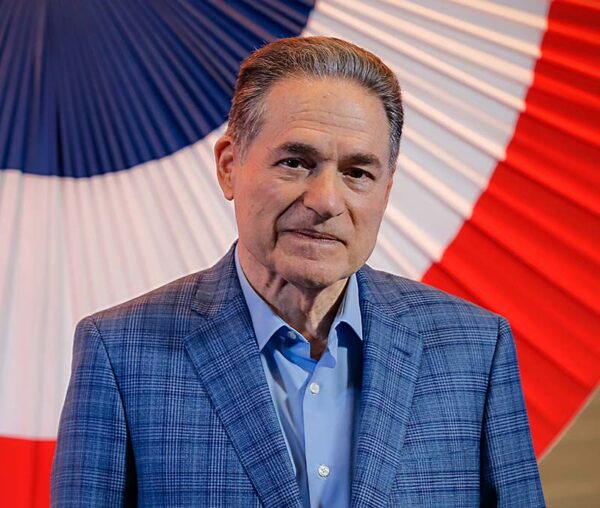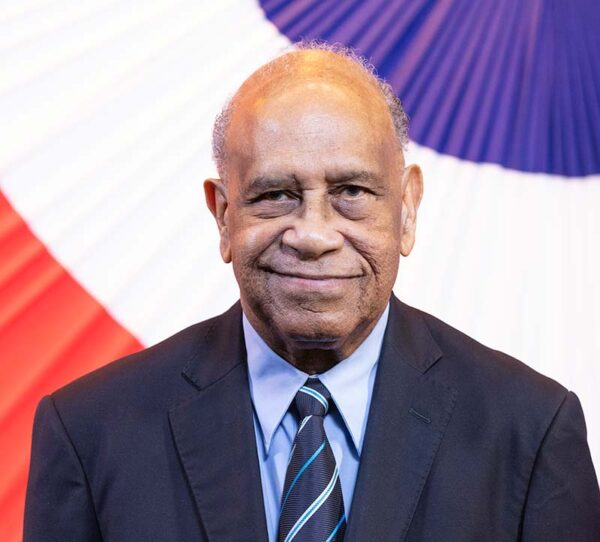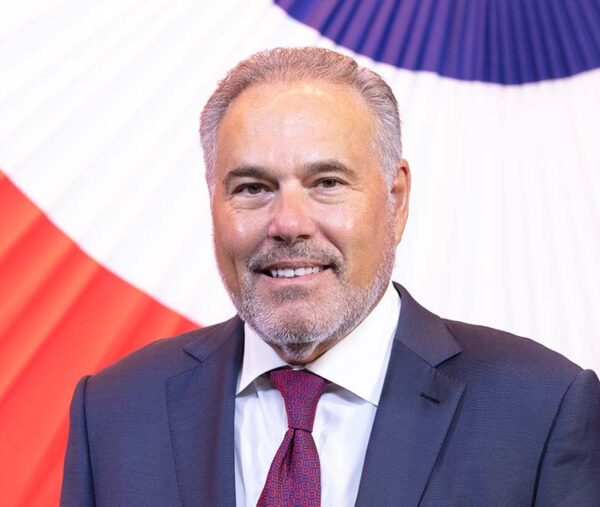Memories of sovereignty
On the occasion of the 44th anniversary of the signing of the Torrijos-Carter Treaties, the experiences of its protagonists leave […]
On the occasion of the 44th anniversary of the signing of the Torrijos-Carter Treaties, the experiences of its protagonists leave opportunities to reflect on their lessons.
The 1970s in Panama were characterized by a nationalist sentiment that demanded the sovereignty of the territory, because its future depended on it. Sharing memories with the protagonists helps to expand the perspective of those events that shape the present.
Foreign Decks
The main problem was the Canal Zone: its limits, its jurisdiction and its guardianship. In the five-mile strip along the Canal, the laws of the United States applied, causing a discontinuity in the territory of the young Panamanian nation and causing all kinds of incidents.

“For the same offense, Panamanians were not treated the same in the Canal Zone court as Americans. The Panamanian bore the brunt,” explains Omar Jaén Suarez, historian and negotiator of the Torrijos-Carter Treaties.
Simple acts such as picking up a mango or crossing the Zone’s fence could be grounds for harsh treatment by the Canal military police.
“There was a change after 1964, because the Americans appointed Panamanian policemen in the Canal Zone to soften those contacts, especially on Los Mártires Avenue. My brother Ricardo was one of the first. He never wrote a fine,” recalls Aristides Royo, former president of Panama (1978-1982) and also a negotiator of the treaties.
Committed art

On the other hand, the artists of the time left important works that influenced people, especially the younger ones. Arístides Royo points to Sandra Cumberbatch as one of his influences. She was the one who put rhythm to the verses of “Tío Caimán“, which were written by Carlos Francisco Changmarín. Everyone danced to them:
“Uncle Caiman put his flag and he took mine from me I said to him:
“Uncle Caiman, I can’t stand that, I can’t stand that”.
In a similar way, the singer Oscar De León, put salsa on the tamborera “De frente Panamá”, by Pepe Zamora and Andrés Vega:
Reality or dream good Panamanian depends on you, to put effort, that all the world understands your cause.
Likewise, the University of Panama contributed intellectuals and students inspired by the saga of sovereignty, such as Pedro Rivera, Cáncer Ortega, Los Juglares, among others.
Influencers
The Panamanian cause joined an international decolonization movement and great voices lent their influence to Panama.
In the beautiful setting of Contadora Island, the presidents of Costa Rica, Colombia and Venezuela issued the “Declaration of Panama” in support of Panamanian sovereigntists. On March 24, 1975, Daniel Oduber, Alfonso López Michelsen and Carlos Andrés Pérez signed a letter that they sent to all the presidents of the region.
Writers Gabriel García Márquez and Graham Greene also added their support. U.S. icon John Wayne, using his fame as an actor, influenced his country’s senators to vote in favor of the Treaties.

“The greatest civil rights leader in the United States, Martin Luther King, supported Panama. He learned of our cause through Cirilo McSween, a Panamanian of West Indian origin who had studied at the National Institute,” recalls Adolfo Ahumada. That movement fostered support for candidate Jimmy Carter, who would become President of the United States, and who would put an end to the perpetuity of the 1903 Treaty.
Television memory
One commercial stands out in the memory of those days: “Panama has nine provinces“, which was a song (jingle type) composed by Tony Fergo in 1979, for the extinct supermarket chain Gago. Interpreted by student children who toured the country, the song included the verse “Already back to our homeland, the one that used to be the Canal Zone“.
Jaime Chung was the audiovisual producer of the spot and recalls that, “at the time of recording this phrase in Miraflores, the team was tense. Technically, we were still in the Canal Zone”.
Political enemies
There was fierce opposition from the U.S. Republican Party, and several put up a formidable fight for the negotiators. Ronald Reagan, then governor of California, was fiercely opposed, saying, “We bought it [the Canal], we built it, it’s ours.”
Strom Thurmond, then governor and senator of South Carolina, went so far as to say: “No part of the Canal is located in Panamanian territory,” according to the New York Times in 1974.
Along with 32 other senators, Thurmond signed a statement opposing the negotiations. He argued that the Canal Zone was obtained by treaty as well as by purchase, and that Panama’s only remaining interest was titular sovereignty, which he described as “simply, a legal way of saying that, if we ever cede the territory, it should revert to Panama, and not to some other country, such as Colombia, or some international entity.”
“Strom Thurmond came to Panama and met on [Contadora Island]. He saw everything and said he liked everyone very much, that they were doing the right thing, but [he] that he had to vote against it,” recounts Samuel Lewis Navarro, Panama’s former vice president and a witness to the negotiations. Lewis Navarro is the son of Gabriel Lewis Galindo (r.i.p.), Panama’s foreign minister and part of the negotiating team. As a 15-year-old boy, he witnessed everything because of his determination to accompany his father everywhere.

At the last minute, Arizona Senator Dennis De Concini introduced a clause that almost put an end to the hard-fought negotiations. This amendment grants the United States the right to intervene in Panama to keep the Canal open when it is threatened by any kind of disturbance. Former Vice President Lewis Navarro recalls that “there was a lot of tension in the negotiating team at that time“.
The events surrounding the signing were decisive in the shape that Panama’s future would take. After the signing on September 7, 1977, the treaties were approved by the Panamanian people through a referendum on October 23 of that same year, and ratified by the U.S. Senate the following year.
Half of Panama’s current population was born after the signing of the Torrijos-Carter Treaties in 1977. The fascinating facts that shaped this present will prevail in the form of memories and documents for them and those to come.